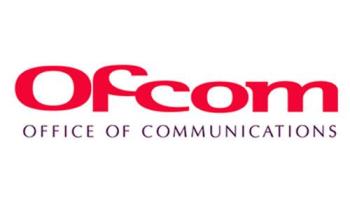Internet Traffic In The UK Increases Seven-fold

A report by Ofcom shows an increase in Internet traffic and has revealed the extent of the UK’s mobile coverage
A report published by Ofcom has revealed that Internet use in the UK has increased sevenfold in the last five years.
The report into the UK’s communications infrastructure – the first that it will be obliged to submit to the secretary of state for culture, media and sport every three years – says that domestic broadband now averages 17GB a month while mobile broadband demand averages 0.24GB.
Mapping it out
 Ofcom has also created maps which depict the reach of mobile phone and mobile broadband coverage in the UK. These use data supplied by the communications companies and divide the UK into 200 areas and rank them according to mobile service. The maps show that there is considerably better household coverage than geographical coverage.
Ofcom has also created maps which depict the reach of mobile phone and mobile broadband coverage in the UK. These use data supplied by the communications companies and divide the UK into 200 areas and rank them according to mobile service. The maps show that there is considerably better household coverage than geographical coverage.
Ninety-seven percent of premises in the UK and 66 percent of the total British landmass can receive a 2G signal from all four 2G networks with some 990,000 premises not having a choice of all four.
3G coverage is significantly worse, with just 73 percent of premises and 13 percent of the landmass receiving a signal from all five 3G networks. Around 7.7 million premises cannot receive a signal from all five, with the Scottish Highlands and Mid-Wales being the areas with the worst coverage due to their sparse populations and hilly terrain.
These are just two so-called rural “not spots” which have been the target of a BT and Everything Everywhere Long Term Evolution (LTE) 4G technology trial. The government has also pledged to invest £150 million to improve coverage and the quality of signal in areas which have poor or no mobile coverage, and increase coverage to 99 percent of the UK.
However a recent BBC survey revealed that 3G signal is generally unavailable 25 percent of the time in the UK, despite the billions of pounds worth of investment in the technology.